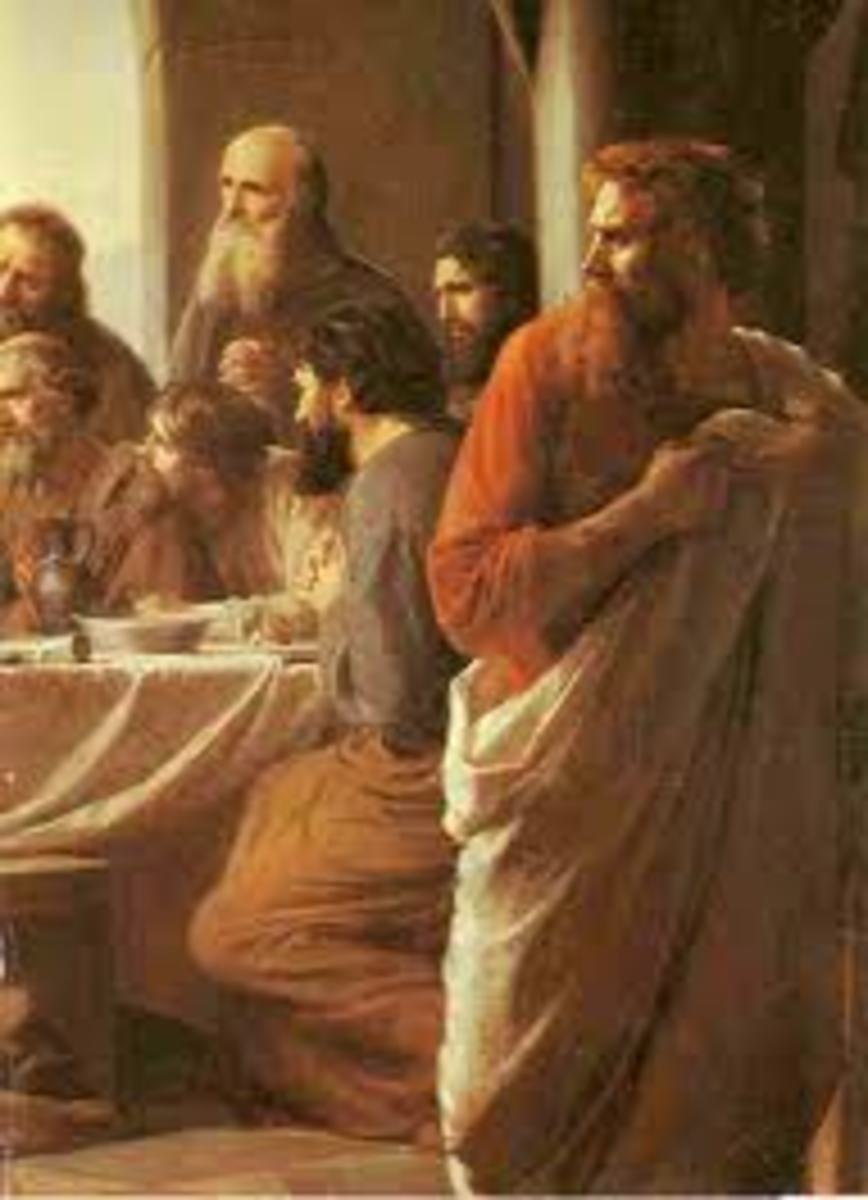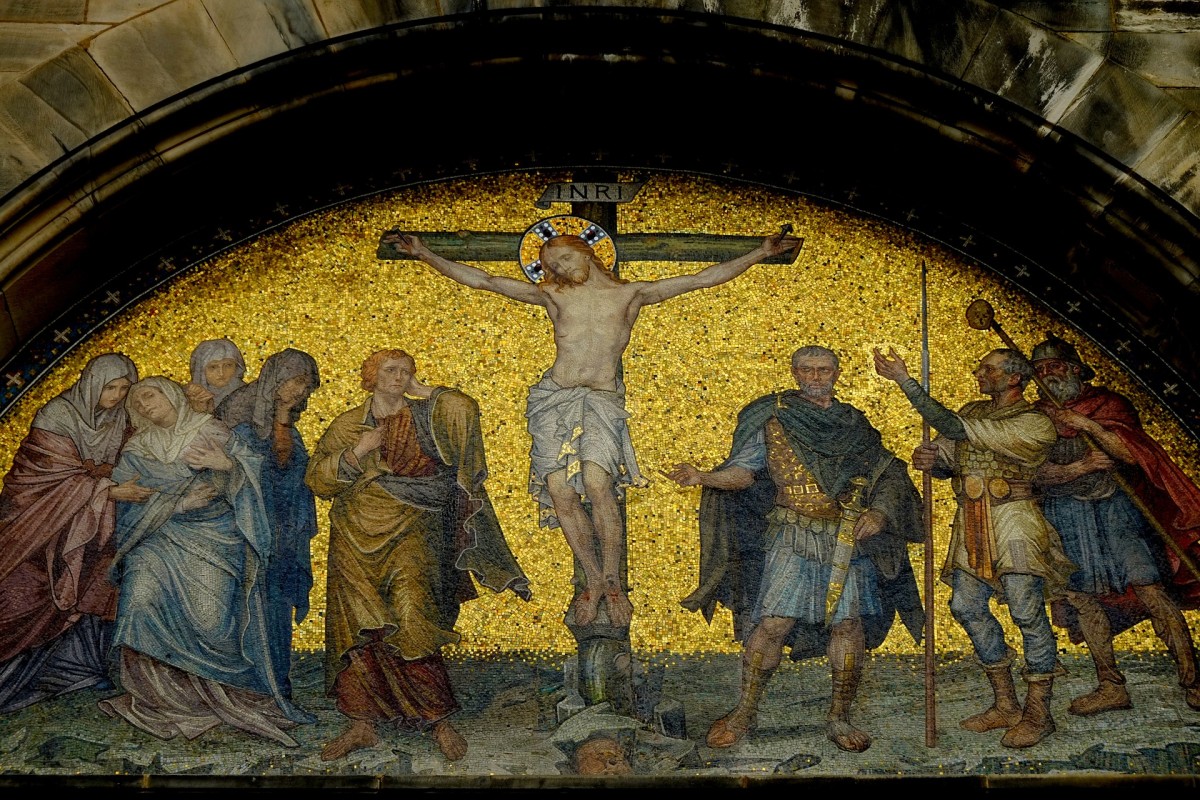Bible: What Does 2 Peter 1 Teach Us About Christian Character and the Coming of the Prophesied Kingdom of Christ?
The Apostle Peter
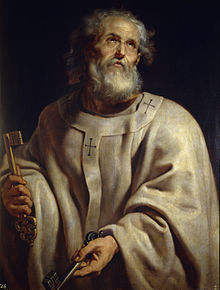
God's "Glory and Excellence"
view quiz statisticsPrecious Promises
The Second Epistle of Peter
Peter adds both his given name (“Simon”) and his lowly status before Christ (“bondservant”) to the salutation he used" in 1 Peter (v. 1a).
He writes to a people whose faith equals his in value because “our God and Savior Jesus Christ” has imputed the Lord’s righteousness equally to the accounts of all believers (v. 1b).
[Note Peter’s clear assertion of his belief in the full deity of Jesus.]
The apostle prays that increased spiritual knowledge of God and Christ would grant them multiplied “grace and peace” (v. 2).
The One who summoned them to salvation “by His glory and excellence” has already given them knowledge of Himself through His omnipotence, so that they might possess every spiritual resource they need to live godly lives (v. 3).
By His glory and excellence, they have also received “exceedingly great and precious promises” which enable them to share in the life of God, having turned their back on the lustful depravity of the world system (v. 4).
[What promises are these? Is “the Promise of the Father” among them?]
True Christianity
view quiz statistics"Make Your Call and Election Sure"
Peter reasons that since they have escaped the world’s pollution by being privileged to share in God’s life, they should diligently supplement their faith with several complementary character traits (vv. 5-7).
[Though not all seven qualities listed here appear as part of the fruit of the Spirit, they certainly develop under His aegis (cf. Gal. 5:22-23).]
Those who possess these attitudes (and continue to mature in them) will become useful stewards of the knowledge of their Lord (v. 8).
On the other hand, those who neglect to develop the stated virtues manifest a lack of spiritual understanding and show that they have forgotten that Christ forgave them of their pre-conversion sins (v. 9).
Addressing his readers as brethren, Peter urges them to prove the genuineness of their faith (“make your call and election sure”) by living righteously.
People whose lives manifest the Lord’s character will never fall, and God will greatly reward them as they enter Christ’s eternal kingdom (vv. 10-11).
Since he knows his responsibility to fulfill his role to help secure their eternal welfare, Peter thinks it right (and therefore he promises) to keep reminding them for the few remaining days of his life of their need to lead godly lives.
He will continue this ministry, even though they already know the truth and have a solid understanding of how they should conduct themselves (vv. 12-14).
[Shortly before Christ’s ascension, the Lord revealed to Peter how the apostle would die when he became an old man (see John 21:18)].
The Transfiguration
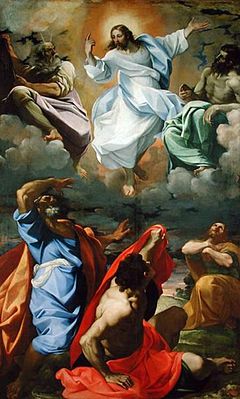
The Inspired Word of God
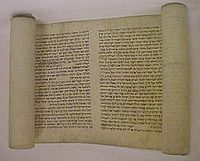
The Transfiguration of Jesus and the Inspiration of Scripture
The apostle even pledges to make sure that his readers have someone to keep exhorting them after his “departure” (v. 15).
The truths Peter pledges to rehearse with them include historical facts concerning Jesus.
He affirms that he and the other apostles present witnessed first-hand the glorious Transfiguration of Christ (“the power and coming of our Lord Jesus Christ”); they did not hear legends (“cunningly devised fables”) and then pass them down to others (v. 16).
Peter reports that while he and others stood on “the holy mountain,” they heard God the Father’s voice “from the Excellent Glory” identify Christ as His “beloved Son, in whom I am well pleased,” and give Him honor and glory (vv. 17-18).
From the human perspective, eyewitnesses of the Transfiguration confirmed OT prophecies that spoke about Messiah and His coming kingdom.
Peter notes that his readers would greatly benefit by obeying this revelation while in their world of darkness until Christ (“the morning star”) returns and sets up His kingdom (v. 19).
Since OT prophecies originated from the Holy Spirit as He guided men to proclaim (and later, writers to record) His message, Peter’s readers should know that they can interpret the Scriptures correctly only as they rely upon that original Author (vv. 20-21).
© 2014 glynch1

